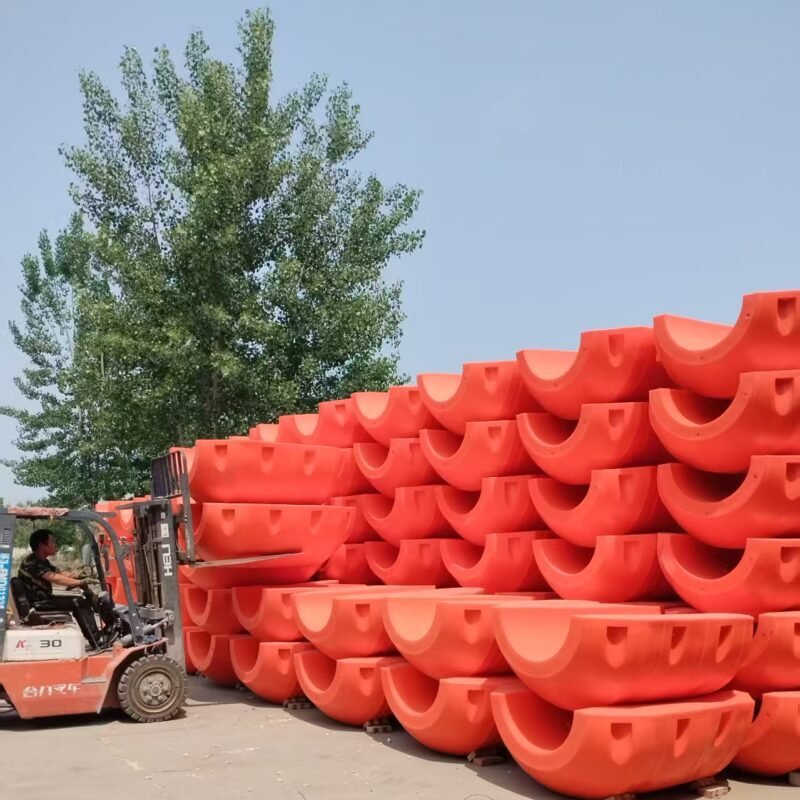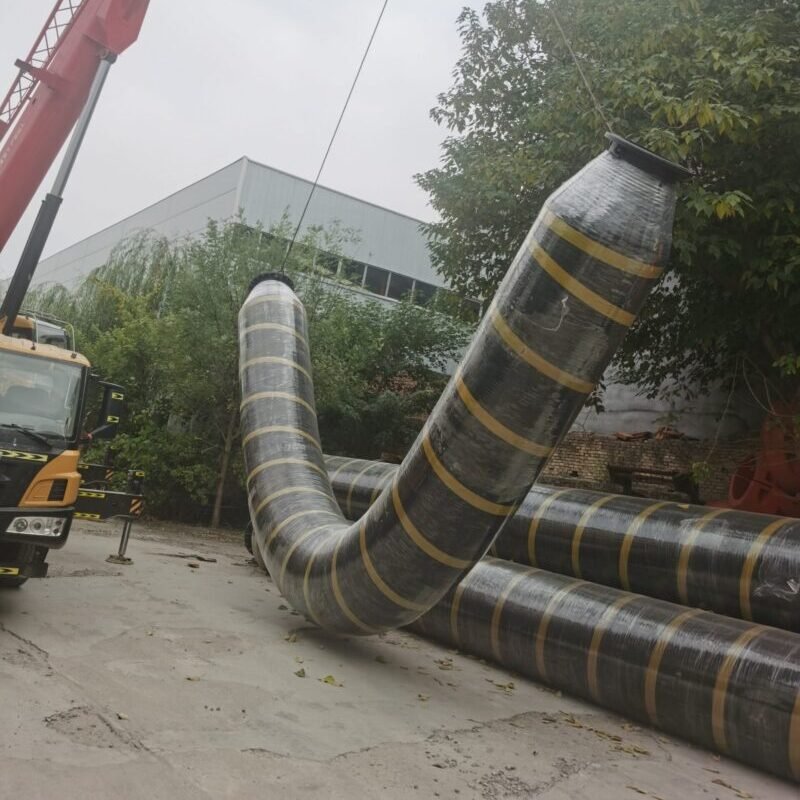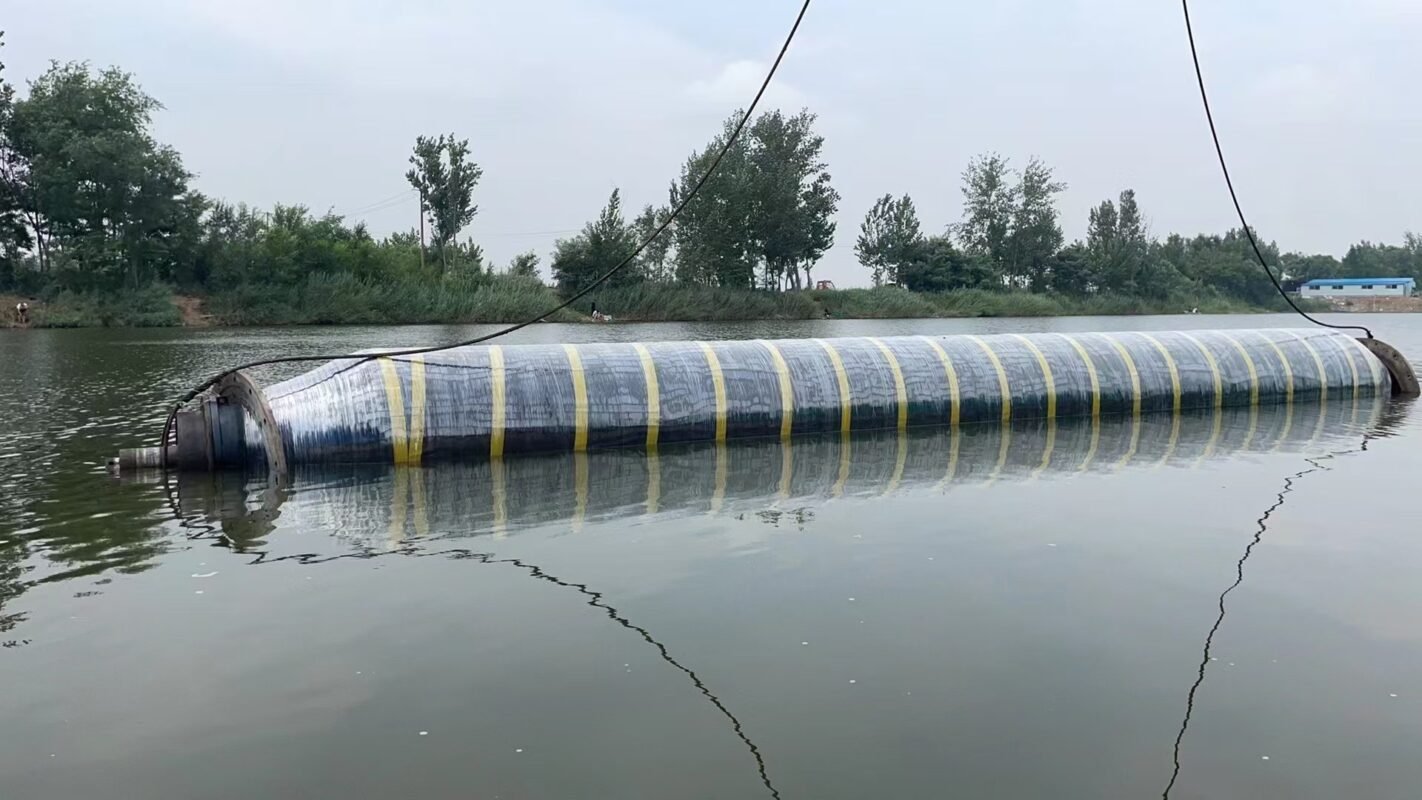Rubber Expansion Joint

A rubber expansion joint, also known as a rubber compensator or flexible rubber connector, is a flexible component utilized in piping systems. Its primary functions include absorbing movements, reducing noise, and compensating for misalignments. Crafted from elastomeric materials such as EPDM, NBR, Neoprene, or Viton, these joints are reinforced with fabric or metal to enhance their strength.
Features & Benefits:Movement Absorption: Capable of compensating for various types of movements:Axial Movement: Accommodates compression and extension within the piping system.Lateral Movement: Allows for sideways displacement.Angular Movement: Facilitates bending, effectively preventing stress accumulation on pipes and connected equipment.Vibration Damping: Significantly reduces noise and vibration generated by pumps, compressors, and engines, ensuring a quieter and more stable operation.
Misalignment Compensation: Permits slight installation offsets, providing flexibility during the installation process.Pressure & Vacuum Resistance: Engineered to handle both positive and negative pressure conditions, maintaining the integrity of the piping system under diverse pressures.Chemical & Temperature Resistance: Different rubber materials are available to suit various fluids and temperature ranges, ensuring compatibility with different operational environments.
Applications:HVAC Systems: Essential for heating, ventilation, and air conditioning systems.Plumbing & Water Treatment: Widely used in plumbing installations and water treatment facilities.Chemical & Industrial Pipelines: Suitable for transporting chemicals and other industrial fluids.Marine & Offshore Systems: Plays a crucial role in marine and offshore applications.Power Plants & Refineries: Used in power generation and refining processes.Pump & Compressor Connections: Ideal for connecting pumps and compressors to the piping network.
Types of Rubber Expansion Joints:Single Sphere: The basic design, suitable for applications with moderate movement requirements.Double Sphere: Designed to handle greater movements and misalignments, providing enhanced flexibility.Flanged Ends: Feature flanged connections, making them suitable for bolted installations.Threaded Ends: Specifically designed for smaller pipe systems, offering a convenient connection method.Reducer Type: Used for connecting pipes of different diameters, ensuring a smooth transition.High-Temperature/Viton Joints: Engineered to withstand extreme temperature conditions and harsh chemical environments.

Installation & Maintenance Tips:Avoid Overstretching or Over-compressing: Strictly adhere to the manufacturer’s specified limits to prevent damage to the joint.Ensure Proper Alignment: Correct alignment is crucial to avoid premature wear and ensure optimal performance.Regular Inspection: Periodically check for signs of wear, cracks, or bulging to detect potential issues early.Chemical Compatibility: Avoid exposing the joint to oils or chemicals unless they are compatible with the selected rubber material.
Advantages Over Metal Expansion Joints:Superior Vibration Isolation: Offers better isolation of vibrations, leading to quieter operation.
Cost-Effective: Generally more affordable compared to metal expansion joints.Ease of Installation: Easier to install, reducing installation time and labor costs.Low Maintenance: Requires no maintenance, unlike metal bellows which may need regular upkeep.





